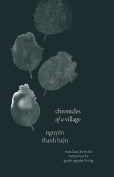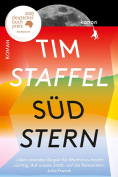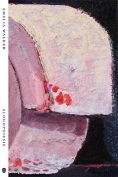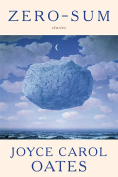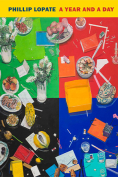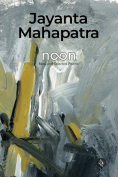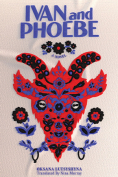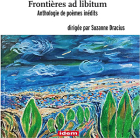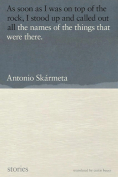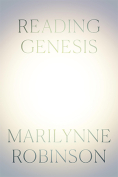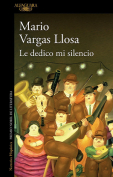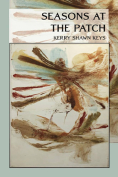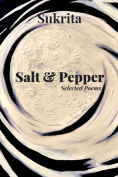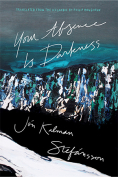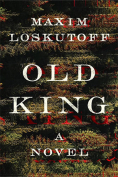Seasons at the Patch by Kerry Shawn Keys
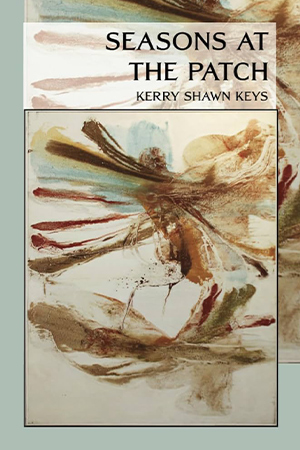 New York. Black Spruce Press. 2023. 306 pages.
New York. Black Spruce Press. 2023. 306 pages.
In Seasons at the Patch, Kerry Shawn Keys offers more than 260 poems divided into two sections: “The Patch” and “The Patchers.” The book opens with an insightful introduction by Al Zolynas, whose relationship with the author provides readers with sufficient biography and cultural understanding of Keys’s life in Lithuania, and other places (the author having dual citizenship with the US), to situate this large but rewarding read. Zolynas points out that the work is dedicated to Lithuania’s eighteenth-century poet Kristijonas Donelaitis.
The work draws from a lifetime of reflection on many rustic experiences, now brought into focus with the author’s literary response to human involvement with the natural realm. Though the book retains occasional flights of fancy, mixed with Keys’s style of comic irony, this work abounds with a more realistic association of humanity’s complicated integration, and lack thereof, with the ecology of place. The surrealist style he’s used before is not prevalent. Instead, the commentary about the natural world is augmented with multiple allusions to various myths, cultures, and poets who have informed his writing life.
I was struck with the theme of solitude in the work. The “Patch,” referring to a rustic setting, absent the amenities of contemporary life, becomes a place (both real but also compositional) where one, without distraction, can’t help but be introspective. The poems reflect the looming fact of mortality as well as the stubborn intention to experience life in unadorned and, one might dare to say, purer fashion. The return to primitivism is appealing, but the book is not a Walden. It is accented with the markings of advancing time and technological realities (both absent and present), and these markings serve to problematize the rendering. Within this tension, the depth of the work is realized.
The collection depicts an uneasy juxtaposition of speaker and place—the speaker never seems quite at home yet is close enough to know the Patch’s intricacies. Many of the poems are saturated with close observation of nature, yet for all this the speaker still seems like a visitor, albeit one who gains knowledge of his place with increasing accuracy, and the accompanying realization of what that knowledge reflects about mortality and the meaning of his activities. He’s “all-in,” and his submersion into place points readers toward timeless insights that fortify this collection while (in something like a comedic archetype) suggesting the speaker’s limitations, the human comedy of trial and error, of ignorance intensified by knowing, and vice versa. Seasons at the Patch celebrates the awkward human in the Garden: “The Patch” accepting our modest response to something we can only approximate.
Certainly, this book affirms a poetry of place, a tour de force of a poet and place (though readers might recognize multiple layers of time and places, perhaps a composite of “patches” in Keys’s energetic life). We witness his reflective activity—assertion and acquiescence—as the seasons come and go. The created distance provided by the poet frees readers, urban or rural, primitive or postmodern, transcendent or existential—all yearning for the acceptance of the human experience, freshly told with a rich texture and a vibrancy to be envied.
Ken Hada
East Central University
